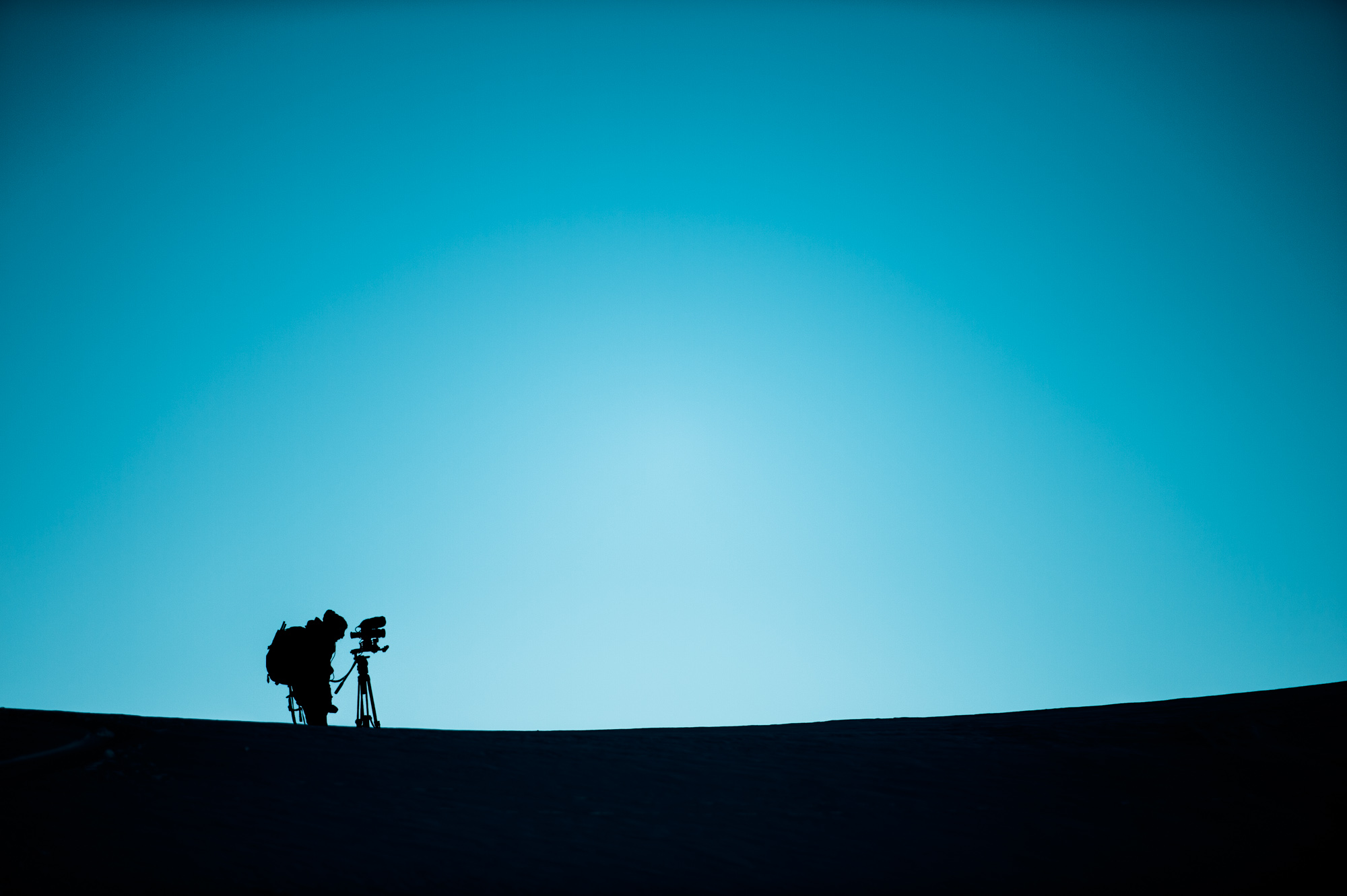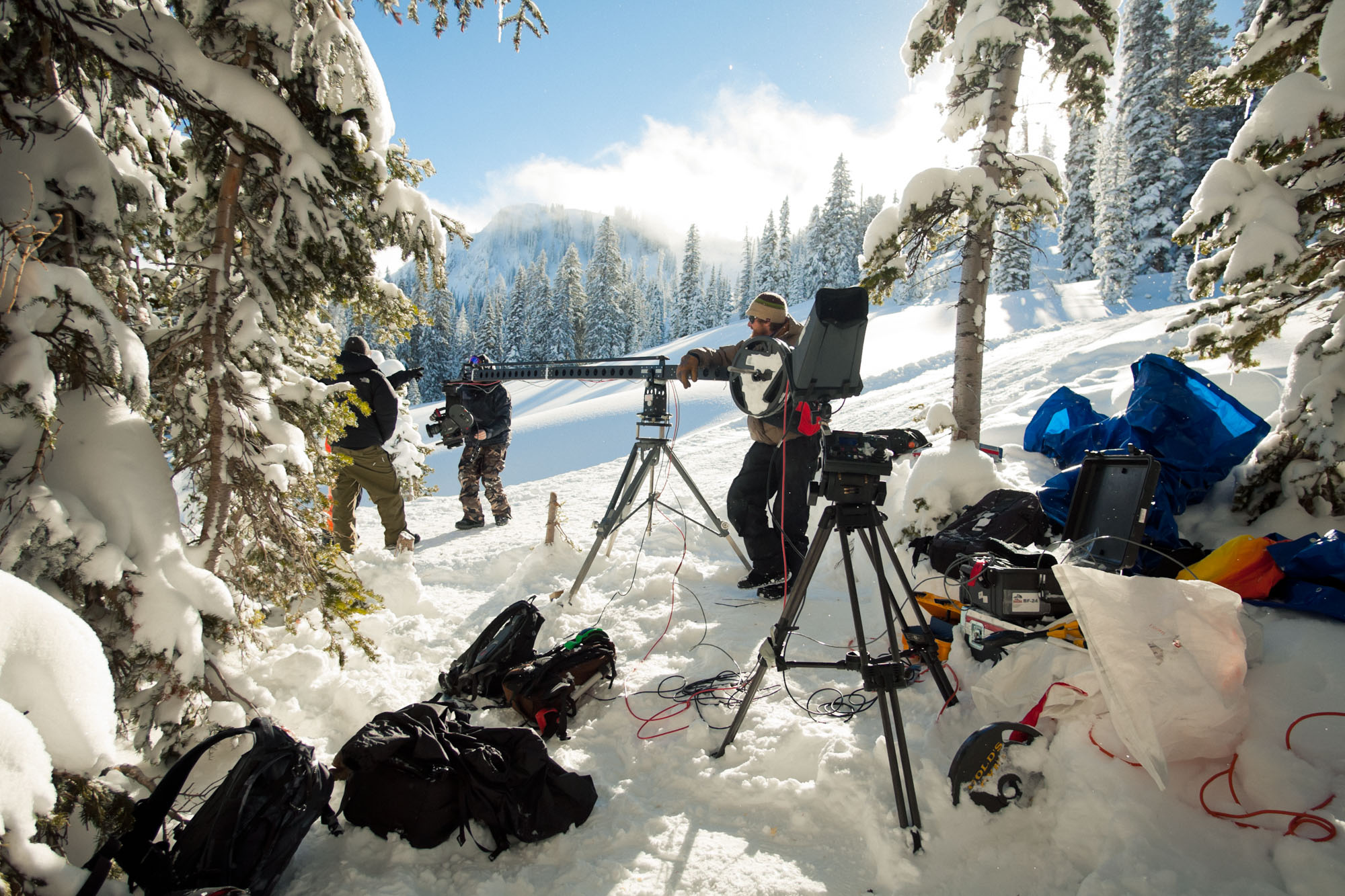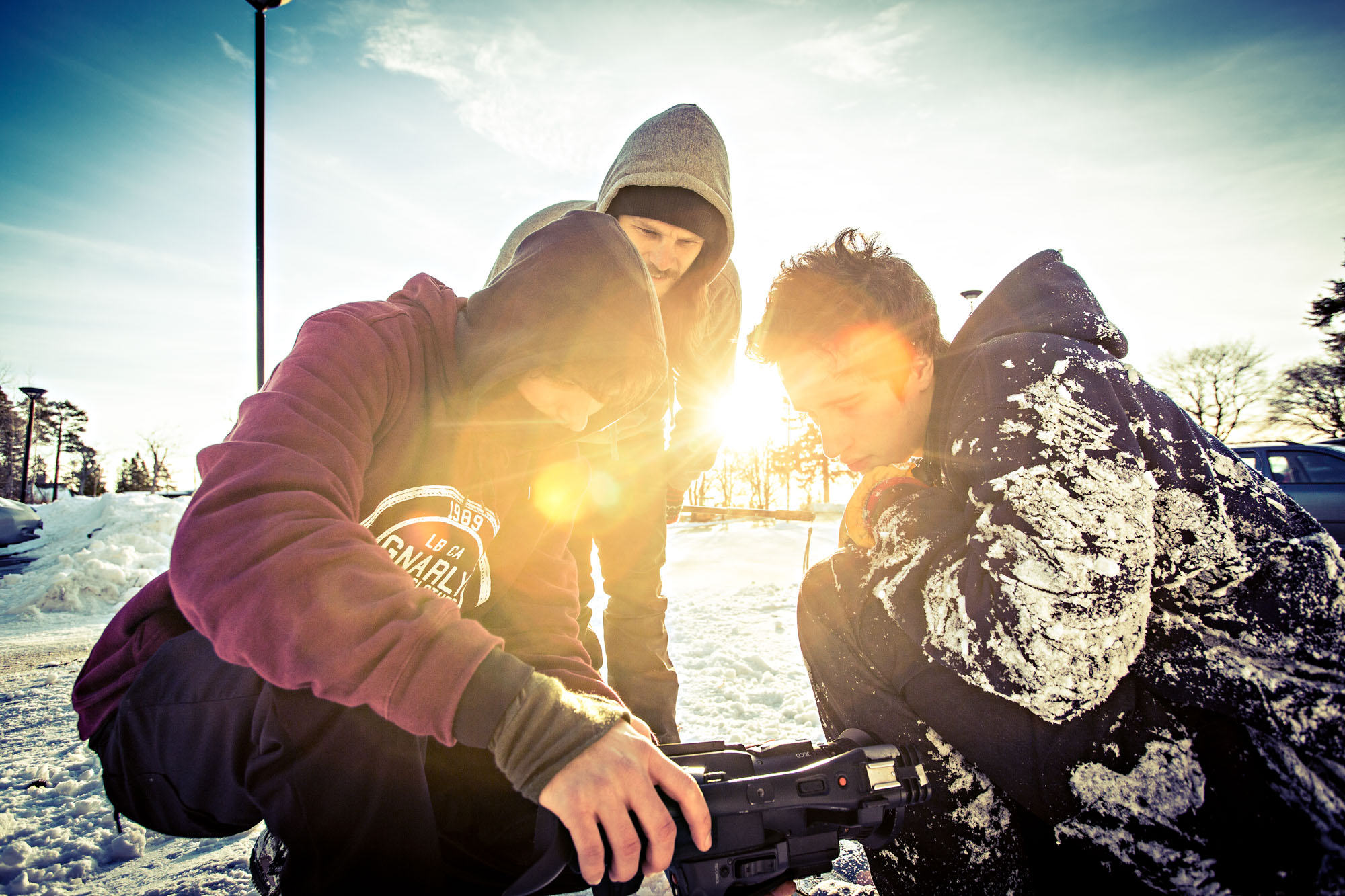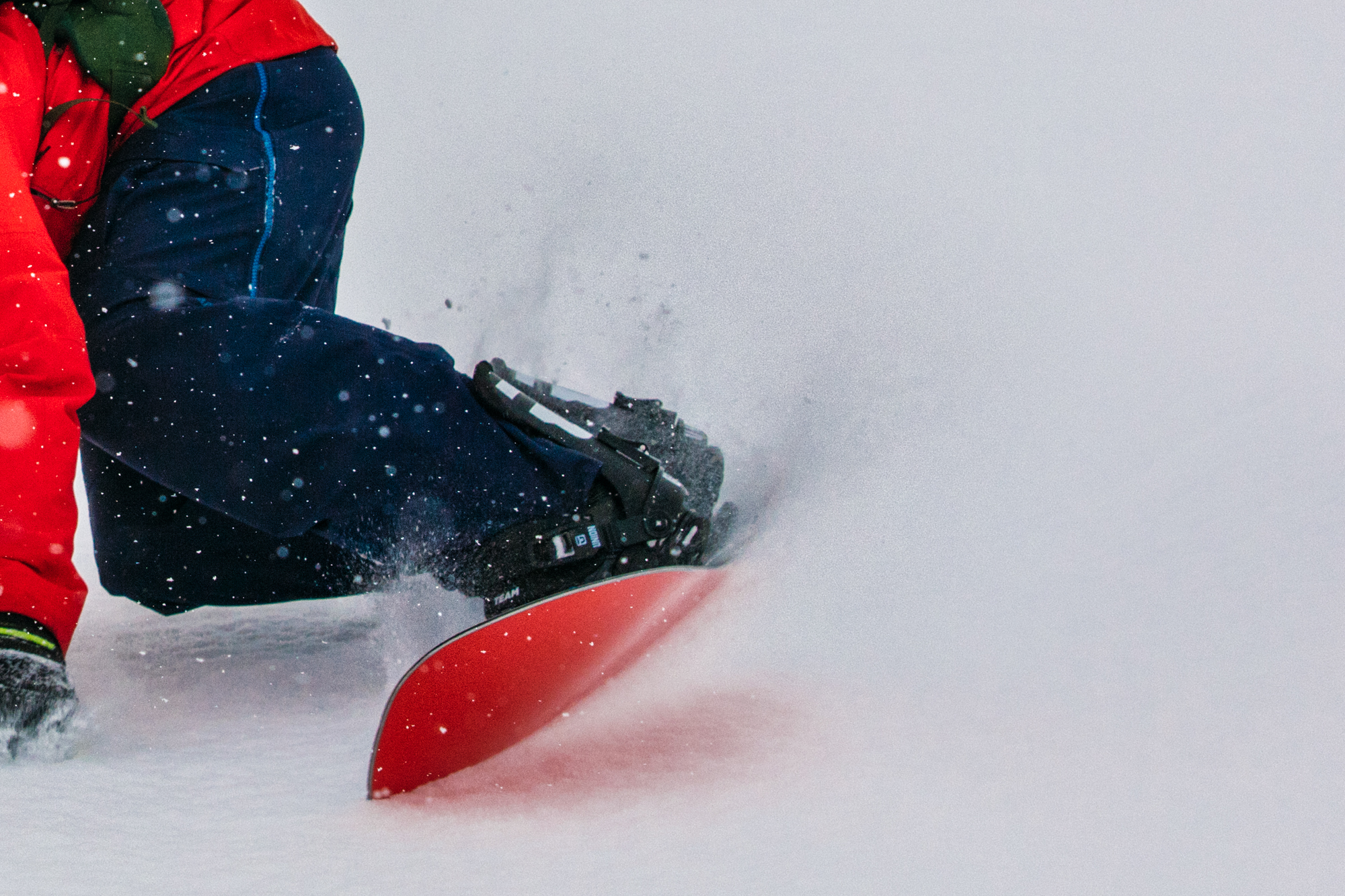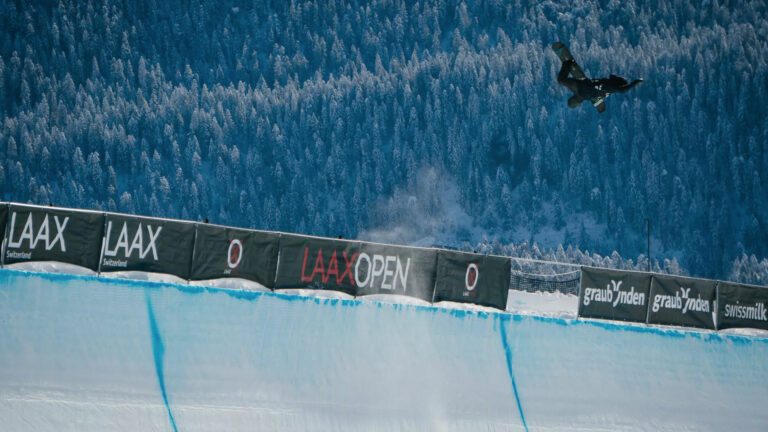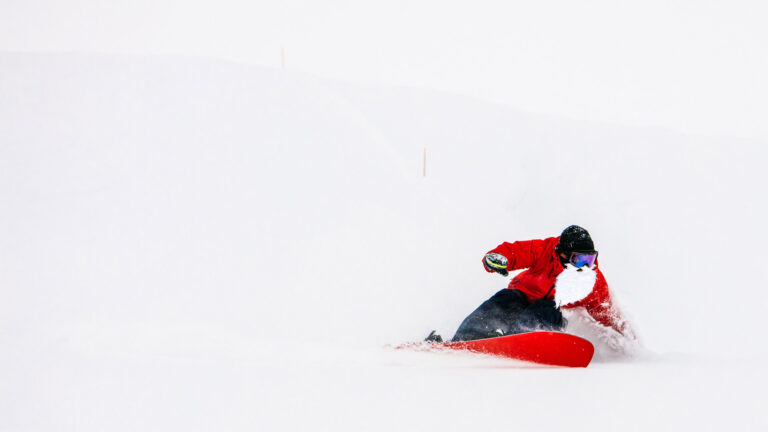Photo: Silvano Zeiter
The snowboard movie is a complex thing. It takes thousands of hours, endless energy and a whole lot of balls to film a full part, yet I can’t help thinking that despite all this effort, the big budget production houses are falling short and losing sight of what it’s supposed to be all about. In short, we’ve reached peak blockbuster; where do we go now?
Snowboarding, to be fair, has pushed the cinematic boundaries further than most. In a lifestyle largely shared with skateboarders and surfers, it’s the one aspect we have dominated. Shred filmers have delved into complex photography and editing techniques: carrying longer lenses; experimenting with the composition of mountain vistas; perfectly calculating sunset shoots; hanging out of helicopters; strapping POV cameras to every available limb, and now piloting drones into unchartered territory. When it comes to production values, they are always pushing one step beyond, utilising the most cutting-edge tech for the big screen.
Skateboarders, on the other hand, have stuck to a tried and tested formula which works: the fisheye lens pointed as close to the board as possible. It’s a distorted field of view that seems to reflect the way skaters have a different way of observing their surroundings, and it’s a filming style that won’t go out of fashion because – even though different movies use the same VX/fisheye aesthetic – each film adopts a unique artistic direction in order to stand out. Notable recent examples include Polar’s I like it here inside my mind. Don’t wake me this time and Colin Read’s magical Spirit Quest.

